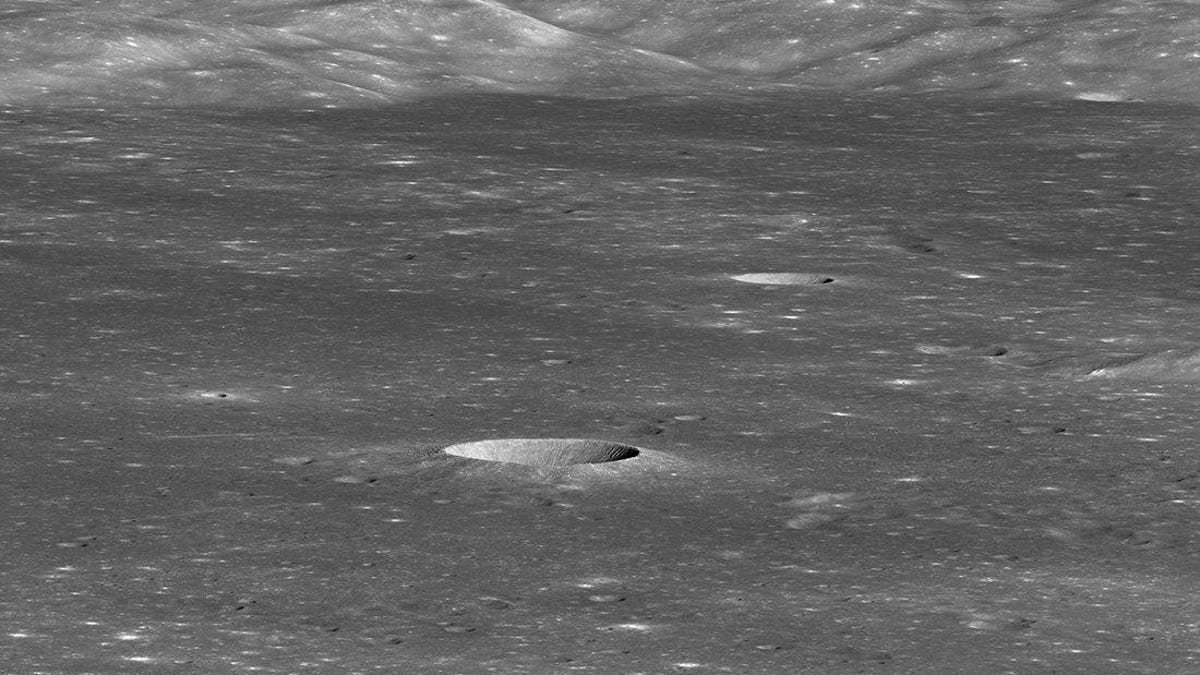A massive impact gave the moon its Jekyll and Hyde faces
The side of the moon we always see is very different from the one we don't. New evidence suggests a violent past may be to blame.

The far side of the moon is different than the lunar face we see.
The moon arguably only shows us its good side. The half of our satellite that always faces Earth shows off wide, smooth basins, whereas the far side of the moon is dramatically different and marked up with numerous craters.
Data gathered by NASA's Gravity Recovery and Interior Laboratory (GRAIL) mission in 2012 also revealed that the moon's far side has an inexplicably thicker crust and is covered by an extra layer of material.
Scientists have been gathering data to piece together the mystery of the moon's two "faces" since the age of the Apollo missions and the latest evidence suggests that a massive, ancient collision could be to blame for the disparity.
A new paper published in the journal JGR: Planets reports the results of 360 computer simulations on how a primordial impact between a dwarf planet and the moon could have led to the structure of the lunar crust seen today.
"The detailed gravity data obtained by GRAIL has given new insight into the structure of the lunar crust underneath the surface," lead author Meng Hua Zhu, of the Space Science Institute at Macau University of Science and Technology, said in a release.
The simulations showed that a massive smackdown between the near side of the moon and something between 450 and 480 miles (720 and 780 kilometers) wide moving at 14,000 to 15,000 miles per hour (22,500 to 24,500 kilometers per hour) could explain the vast differences seen on the satellite's two sides.
The basic idea is that such a big blast to the front-facing side of the moon would kick up all kinds of debris that would then rain back down on the far side. This could explain the thicker crust as well as some unexpected and unexplained elements that have been found on the moon, perhaps as a result of the giant impact.
"This is a paper that will be very provocative," said Steve Hauck, a professor at Case Western Reserve University and editor-in-chief of JGR: Planets. "Understanding the origin of the differences between the near side and the far side of the Moon is a fundamental issue in lunar science."
We could soon know even more about what makes the moon such a two-faced satellite, thanks to the Chinese Chang'e 4 lander, which became the first spacecraft to visit the far side of the moon earlier this year.

